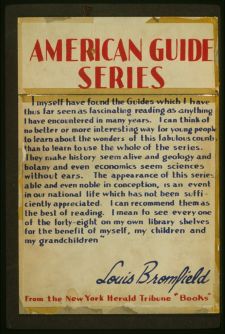[amazon_link asins=’0385342950′ template=’ProductCarousel’ store=’theboothafoly-20′ marketplace=’US’ link_id=’fbfe362d-9e55-11e8-8194-5189739d8b51′]
The Story
Everyone has secrets they want to keep.
Keeping secrets is harder when you live in a small town.
Small towns are the original spots where everyone knows your name. They also know your parents, your siblings, and whether you went to reform school or college. But they have secrets they want to keep too. Sometimes, this can make small-town society seem like an insulated conspiracy of silence.
Until curiosity or a stranger shows up, that is.
This is the premise of Annie Barrows’s 2015 novel, The Truth According to Us. Set in the fictional town of Macedonia, West Virginia in 1938, The Truth According to Us is almost an experiment in human psychology. What happens when a couple of curious souls look at decades of mythology and lies?
One mind belongs to Layla Beck, the WPA writer commissioned to transcribe Macedonia’s history; the other to twelve-year-old Willa Romeyn. Presented with conflicting reports, Layla has to decide what deserves to see print, the truth or a glossed over fiction. Was the town’s founder a hero or tyrant? Was their legendary preacher a charismatic saint or sexual predator? Layla’s present and future become tied up with Macedonia’s history. To Willa, it’s the way to demystify her family’s past.
Where does Father go when he vanishes for weeks at a time? Why does he leave his kids with Aunt Jottie? Why doesn’t Aunt Jottie have a family and kids of her own? At the age of twelve, Willa’s beginning to notice how the people she loves the most avoid certain topics of conversation. In fact, sometimes they lie. With the Macedonian virtue of ferocious devotion, Willa decides to unearth the facts and learns that truth can come at a terrible cost, even while it sets you free.
The Truth Behind the Story
On a side-note, The Truth According to Us highlights an obscure bit of history, The Federal Writers Project. I know the notion of a federal program subsidizing writers may give some people indigestion, but it was a good idea at the time. For meager wages, writers documented histories of places and individuals that usually wouldn’t get covered: guides were written about every state in the union, and the oral histories of former slaves were transcribed. Valuable information that would have been lost altogether was saved by this work, and it trained more than a few writers that went on to literary glory including Conrad Aiken, Richard Wright, Zora Neale Hurston and John Steinbeck. Today, our culture still enjoys the benefits of what that agency did more than eighty years ago. Not bad for a short-term, New-Deal program.
But this is background. The Truth According to Us is what happens when a fresh light is shed on a mythology created by resentment and shame. Passions heat up faster than the dog days of summer. It’s perfect for an August read.


No Comments
Comments are closed.